
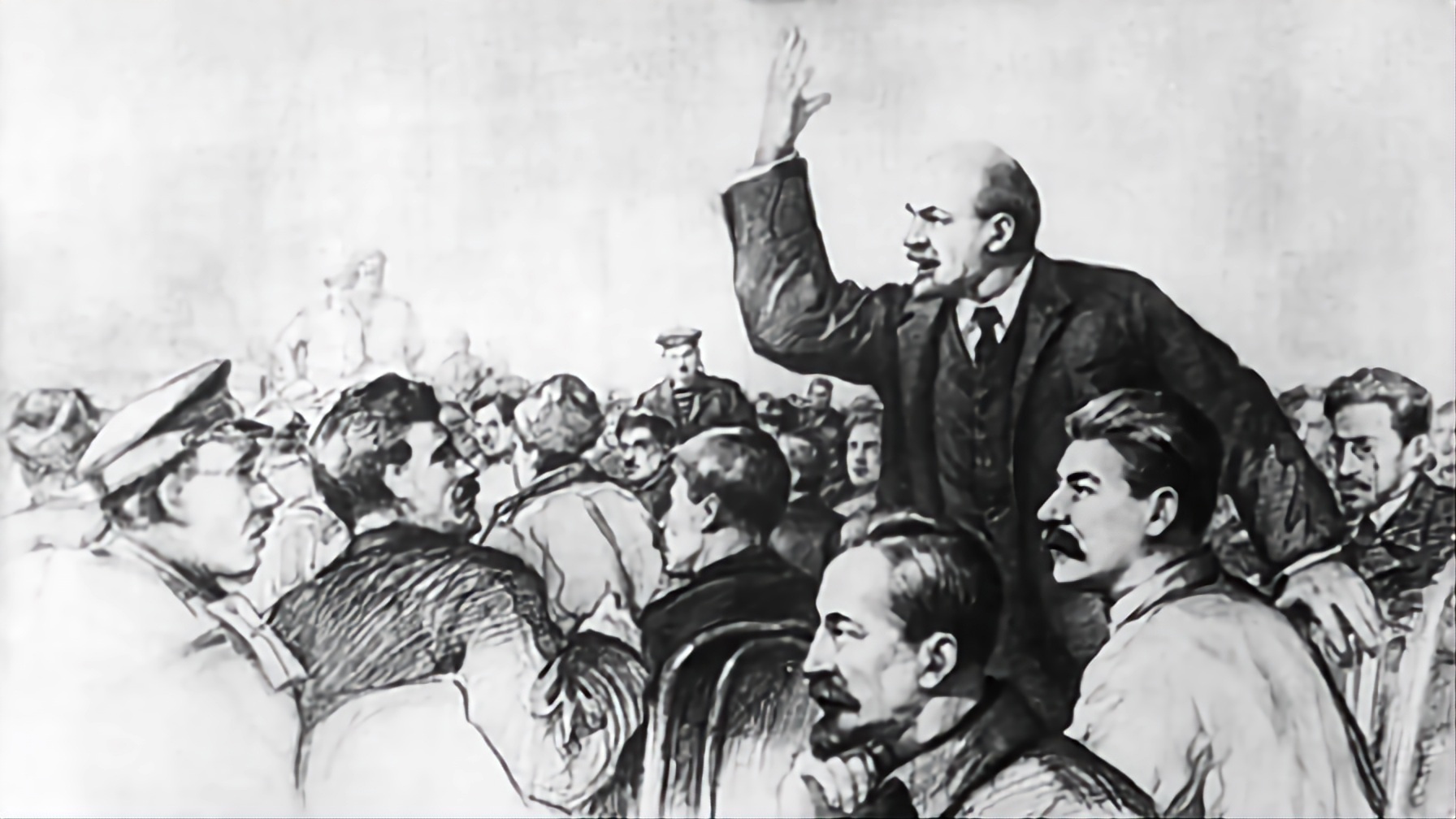
Also note this shows only two parts of the global commodity chain. This shows the unequal exchange and markup of commodities which the first example in the book was garments: T-Shirts specifically. The garment industry also happens to be particularly labour intensive. The prices are marked up from (in the example given) T-shirts sold at 1.35 Euro to 5.00 Euro. It doesn’t show further markups (which also contribute to inflated perceptions of GDP) of retailers to (in this example) 35.00 Euro.
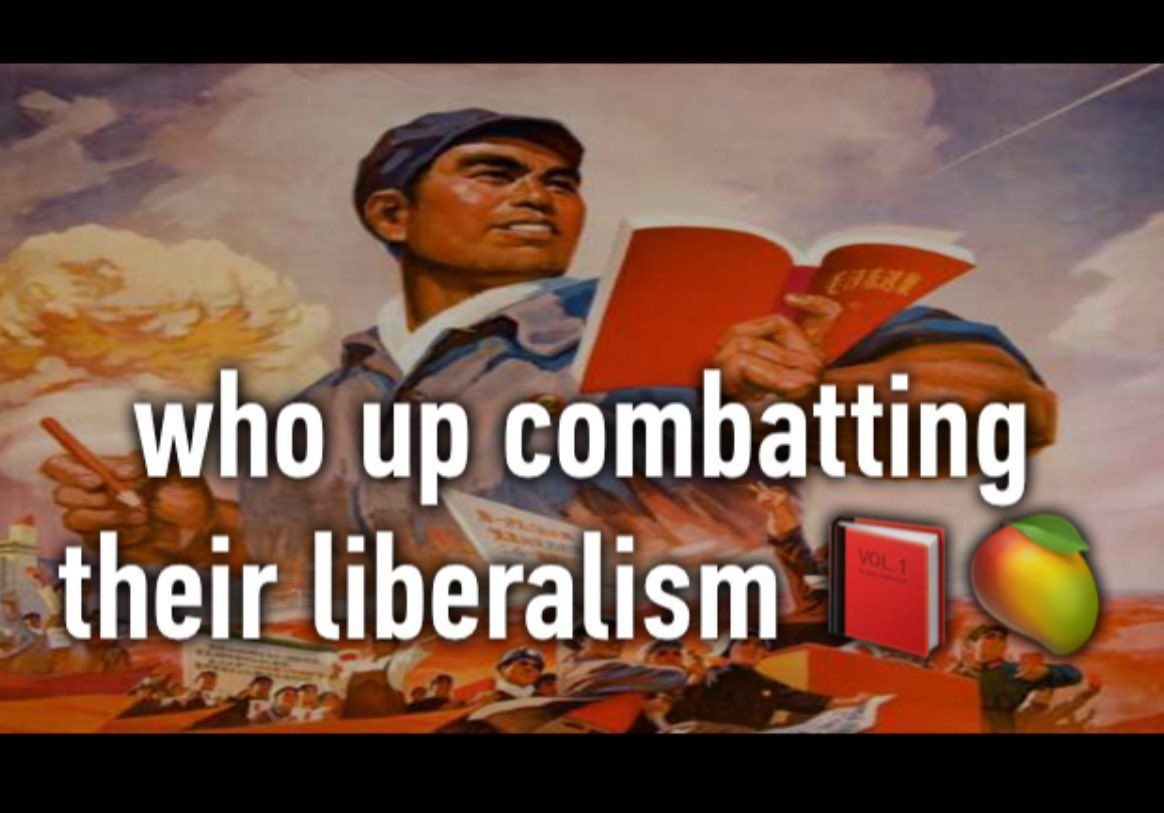




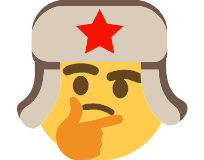

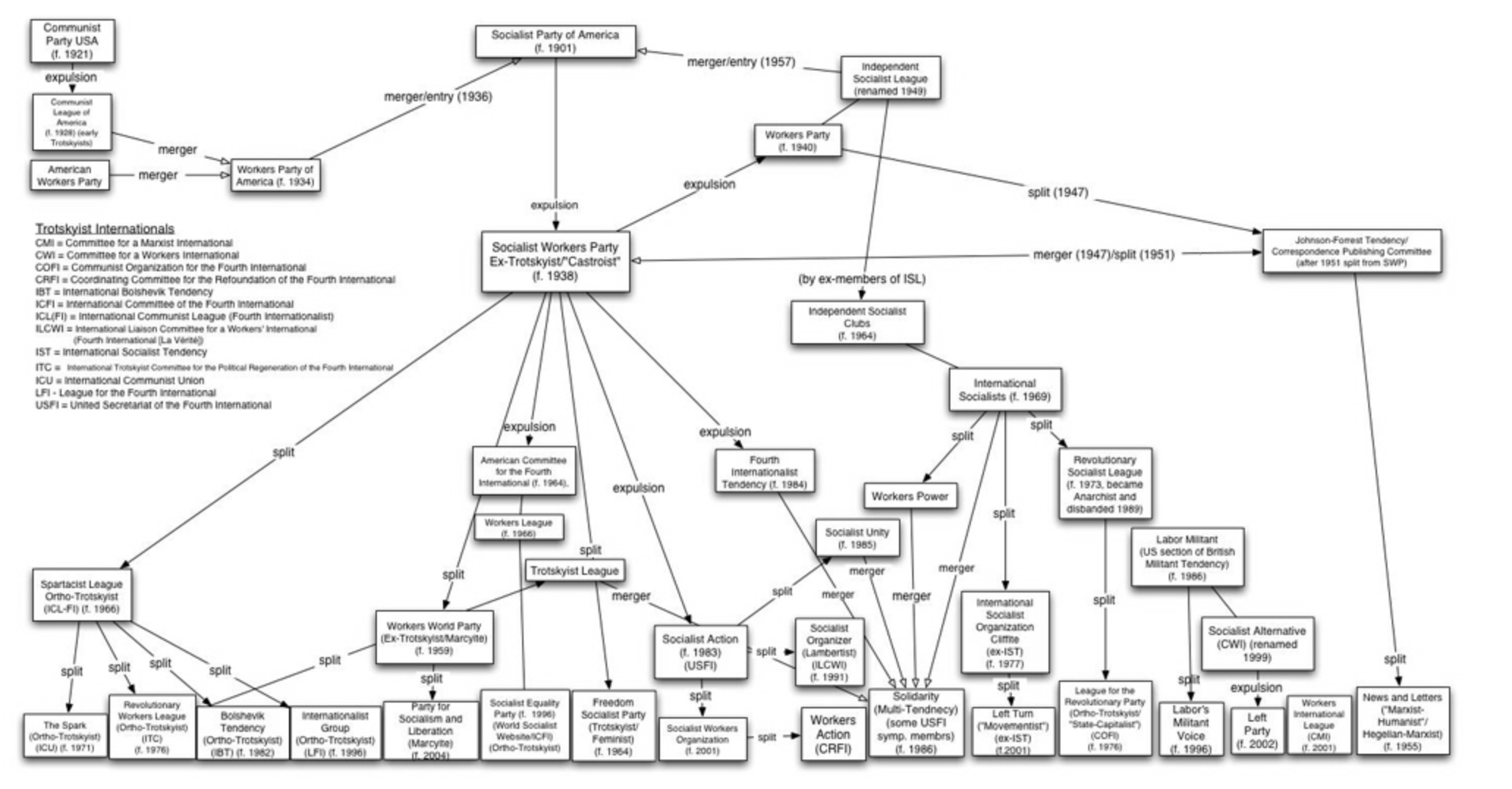


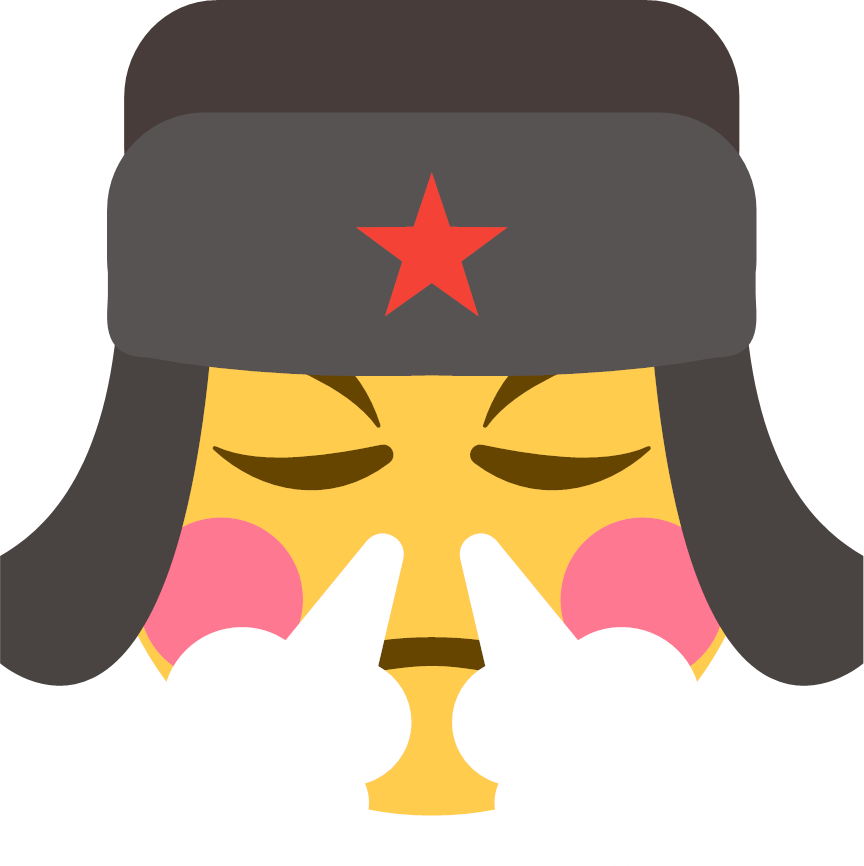
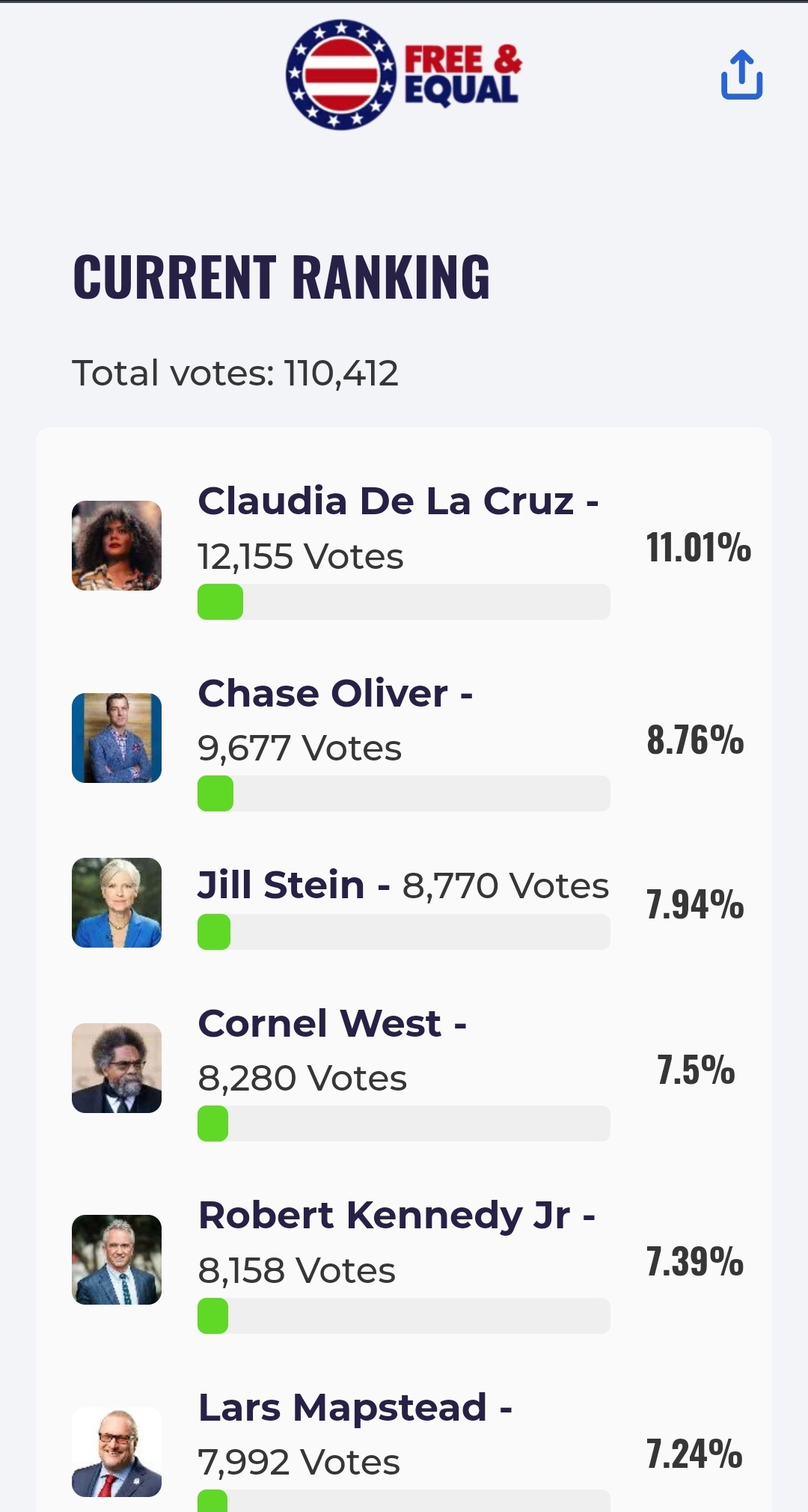



Yeah that’s really the crux of controversy surrounding that topic. I briefly discussed tariffs, social democracy, and concession to western workers funded via super exploitation in LRC (Leftist Reading Club). In the chart i didn’t put much emphasis on tariffs and its contribution to upholding the imperialist state and social democracy. Again, the chart is just representation but i did include tariffs in constant capital of the 2nd section. I didn’t think it would make sense to put cost of tariffs by the surplus value transferred section, because i viewed the tariffs as not directly stemming from surplus value extraction, but as an additional constant cost (which all costs and expenses of a business would be covered by total revenue, whether a portion of the revenue from a sale stems from surplus value, or constant capital is irrelevant because its the aggregate value; the real essence of tariffs relates to the overall exchange value and relation to a commodity, not the relation of the cost of tariffs itself).